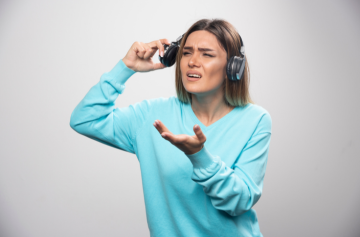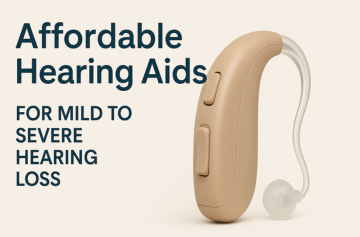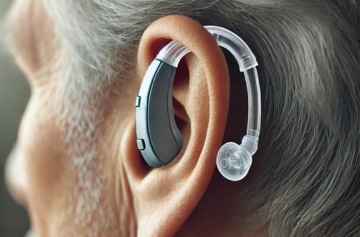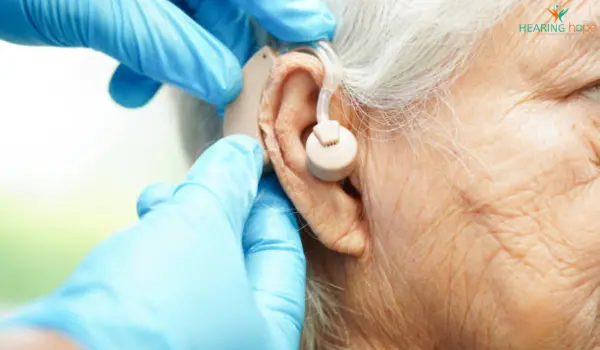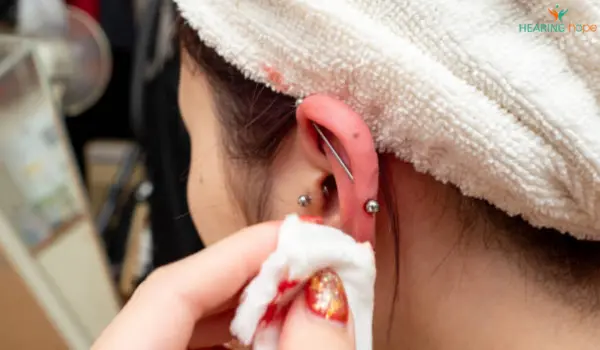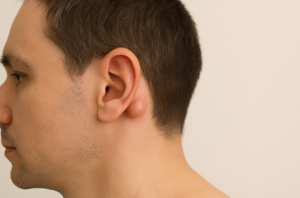Why Is My Hearing Aid Not Working? Troubleshooting Tips for Common Issues
Why Is My Hearing Aid Not Working? Troubleshooting Tips for Common Issues Hearing aids are a helpful solution for people with hearing loss. But just like any other device, they can sometimes stop working or cause problems. Wondering why your hearing aid isn’t working? You’re not alone. Many users face common hearing aid problems such as low sound, feedback noise, battery failure, or Bluetooth not connecting. Luckily, most of these issues can be fixed easily with a few simple checks and adjustments. In this guide, we will walk you through basic troubleshooting tips to help you fix the issue and get your device working again. Whether you’re using a basic model or a digital hearing aid, these solutions are helpful. And if your device still doesn’t work, we’ll tell you when it’s time to consult with an audiologist or visit a trusted Hearing Aid Shop in Delhi. We’ll also give tips on extending your device’s lifespan and when to explore affordable hearing aids in India for replacements. Common Hearing Aid Problems and Why They Happen Even the best hearing aids may run into occasional trouble. Knowing what to look out for can help you act quickly. Here are some common issues and their usual causes: No sound or very low sound Whistling or feedback noise Distorted or unclear sound The Bluetooth connection is not working. The battery runs out too quickly The device stops working due to moisture or wax Step-by-Step Guide: How to Fix a Hearing Aid at Home Before visiting a service centre, try these steps at home to fix basic hearing aid issues: Check the power: Make sure your device is turned on, and the battery is properly inserted. Confirm that rechargeable models are charged. Inspect for earwax or dirt: Clean the tubing, mic openings, or wax guards. A clogged microphone or receiver is a very common reason for hearing loss in the device. Check the volume setting: You may have accidentally lowered the volume. Reset it to your usual level. Reinsert the hearing aid: Make sure the device fits snugly in your ear. A loose fit can cause feedback or weak sound. Reset Bluetooth (if applicable): Disconnect and reconnect the device through your smartphone settings. If that fails, restart your hearing aid and your phone. If the device still doesn’t work after trying these steps, it’s best to consult with an audiologist or visit a nearby Hearing Care solution. Troubleshooting Hearing Aid Battery Issues Batteries are one of the main reasons hearing aids stop working. Here’s what to watch for: No power or weak sound: This could mean the battery is dead or not inserted correctly. Fast battery drain: Your device may need cleaning, or it could be running unnecessary features like Bluetooth. Test the battery: Use a battery tester or replace it with a new one to check. Tips for longer battery life Store batteries in a cool, dry place Open the battery door when not in use. Remove dead batteries right away. Some budget-friendly devices have excellent battery performance. You can explore options in our list of affordable hearing aids in India. Fixing Hearing Aid Connectivity Issues Modern hearing aids often connect to smartphones or apps via Bluetooth. When these connections fail, try the following: Turn off and on the Bluetooth on your phone: Reconnect the hearing aid in the app settings. Restart the hearing aid: Turn the device off and on again. This often solves syncing issues. Update your app or device firmware: Sometimes, software bugs cause disconnects. Forget and reconnect the device: In your phone settings, “forget” the hearing aid and then re-pair it. If none of these methods work, visit your local Hearing Care solution in Delhi for technical support. When Moisture and Dirt Affect Your Device Moisture and wax buildup are two silent enemies of hearing aids. They can block sound or even damage circuits. What moisture does: It can corrode internal parts or short the battery circuit. How wax affects performance: Wax clogs the mic or speaker, making the sound dull or silent. Cleaning tips Use a dry cloth daily. Avoid water or sprays. Clean the wax guard weekly. Use a dehumidifier box overnight. Regular care is a simple way to prevent most issues and extend the hearing aid lifespan. When to Visit a Hearing Aid Shop or Audiologist If basic fixes don’t help, it’s time to seek professional help. Here are some signs: You’ve tried new batteries but still hear no sound The hearing aid is physically damaged or cracked. Parts like the tubing or receiver are loose or broken. You hear buzzing or irregular static noises. You can visit a Hearing Aid Shop in Delhi to get a quick check or consult with an audiologist for a hearing test and device reprogramming. How to Extend Hearing Aid Lifespan Proper care can make your hearing aid last longer and perform better. Clean the device daily Remove the battery at night Avoid moisture exposure Get it serviced every 6 to 12 months Store it in a dry, protective case. Conclusion If you’ve been wondering why your hearing aid is not working, now you have a clear set of answers. Most problems come from basic issues like battery errors, moisture, dirt, or a loose fit. With the help of these troubleshooting tips, you can often fix the device yourself. Still, it’s important to pay attention to how your device behaves. If the issue continues after trying these solutions, it’s best to get professional help. You may need a repair, a check-up, or even a replacement, depending on the condition of your device. Taking action early ensures you continue to enjoy clear and comfortable hearing. Frequently Asked Questions What should I do if my hearing aid suddenly stops working? Start by checking the battery, volume, and fit. Clean the device to remove wax or dust. If nothing works, visit a hearing aid shop for professional help. How can I tell if the battery is causing the problem? If your hearing


